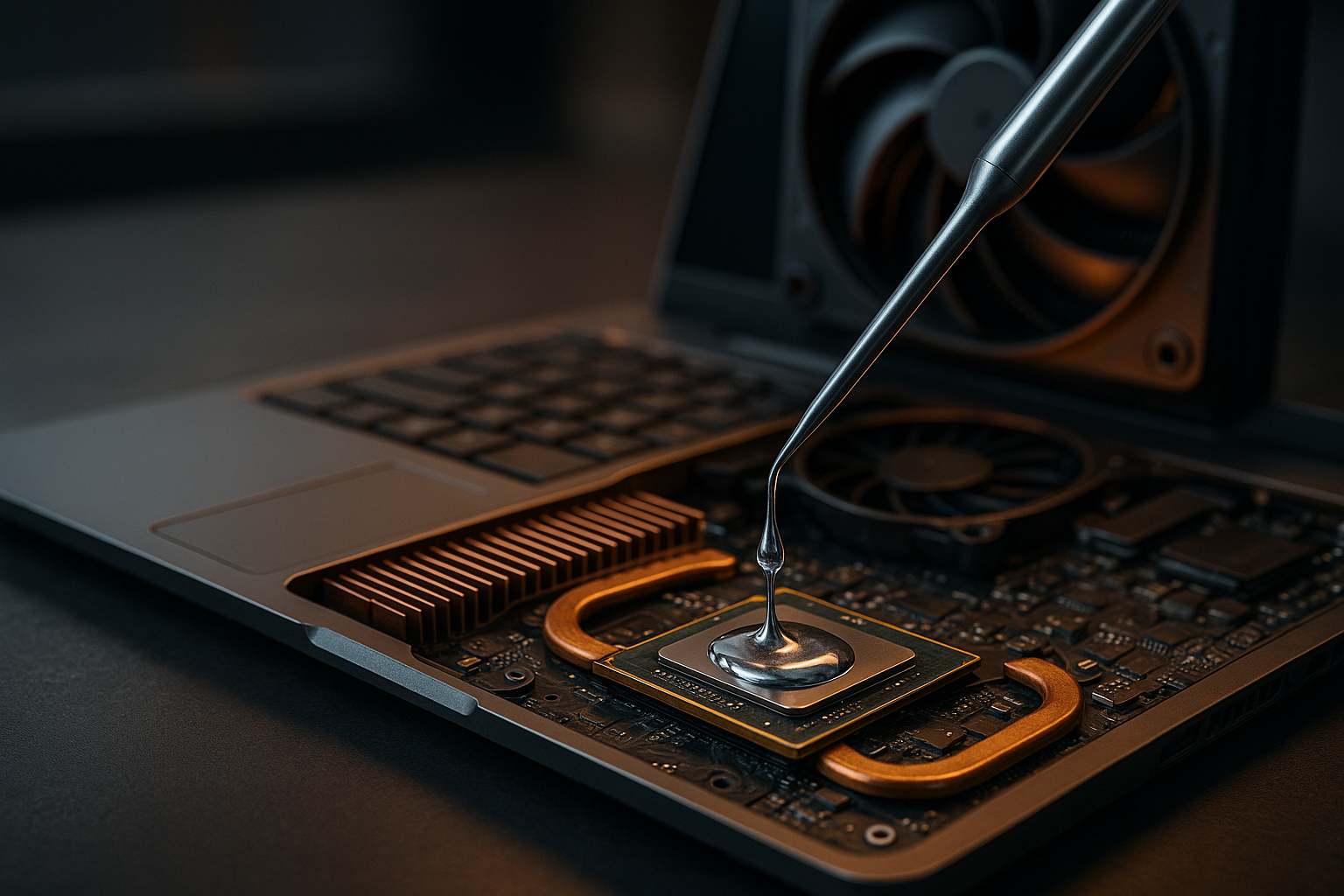A Practical Guide to Extending Device Battery Life
Modern devices combine powerful processors, high-resolution displays, and constant connectivity, but battery runtime often lags behind capability. This guide outlines practical, evidence-based steps for extending battery life across laptops, wearables, and peripherals, covering firmware, diagnostics, hardware choices, and sustainable habits that keep devices useful longer.

Laptops and processors: optimize for efficiency
Battery life on laptops is heavily influenced by processor usage and power profiles. Choose power plans that reduce maximum processor performance during light tasks, enable CPU throttling where appropriate, and use integrated graphics over discrete GPUs for everyday work. Close unnecessary browser tabs and background apps that cause spikes in CPU activity. On many systems, operating system power settings and manufacturer utilities provide balanced or battery saver modes; use them to limit core frequencies and background refresh rates without sacrificing necessary performance.
Displays, graphics, and power usage
Displays and graphics subsystems are among the largest drains on portable devices. Lower display brightness to a comfortable level and enable adaptive or ambient brightness if available. Prefer lower refresh rates when possible; some laptops and wearables allow switching from 120Hz to 60Hz to reduce draw. For graphics-intensive tasks, consider offloading to integrated graphics or use settings that cap frame rates. Turning off keyboard backlighting or reducing display timeout intervals also yields measurable gains in runtime.
Storage, motherboards, and firmware updates
Storage type and motherboard configurations affect energy use. Solid-state drives (SSDs) typically draw less power than older spinning drives, but ensure drive sleep and idle features are enabled. Keep motherboard firmware and device drivers current, as firmware updates can include power management fixes and more efficient device sleep states. Review BIOS/UEFI settings for unused controllers (e.g., unused M.2 slots, legacy ports) and disable them to reduce background power consumption when safe to do so.
Batteries and diagnostics
Understanding battery health is essential. Use built-in diagnostics or vendor tools to check battery capacity versus design capacity and identify cells that may need replacement. Calibrate battery meters occasionally if the device maker recommends it, and avoid deep discharges that stress lithium-ion batteries. Where possible, remove easily swappable batteries when storing devices long-term at roughly 40–60% charge. For older devices, professional battery replacement can restore usable runtime more effectively than trying to offset diminished capacity through software alone.
Peripherals, accessories, and connectivity
Peripherals and accessories contribute to overall power consumption. Disconnect external drives, mice, or USB-powered accessories when not in use, and prefer wired connections only when necessary. Manage wireless connectivity—turn off Bluetooth and Wi‑Fi when not required, or use airplane mode for extended idle periods. For smartphones and wearables, disable unnecessary sync routines and location services that frequently awaken radios. Use power-efficient accessories that support low-energy profiles and avoid charging while using high-power peripherals.
Wearables, upgrades, and sustainability
Wearables and small accessories often use tiny batteries where software optimization has an outsized effect. Turn off continuous sensing features you don’t need and reduce notification frequency. When considering upgrades, weigh benefits: replacing storage with more efficient SSDs, swapping to lower-power displays, or selecting newer motherboards with improved power circuitry can extend battery life. Factor sustainability into decisions—extending the usable life of a device through repairs or selective upgrades reduces electronic waste and often yields better lifecycle energy outcomes than frequent full replacements.
Conclusion Extending device battery life combines behavioral changes, software tuning, and selective hardware choices. Regular diagnostics and timely firmware updates maintain efficiency, while power-aware settings for displays, processors, and connectivity reduce unnecessary drain. Thoughtful management of peripherals and considering targeted upgrades where they meaningfully improve efficiency can keep devices productive longer and support more sustainable use patterns.





